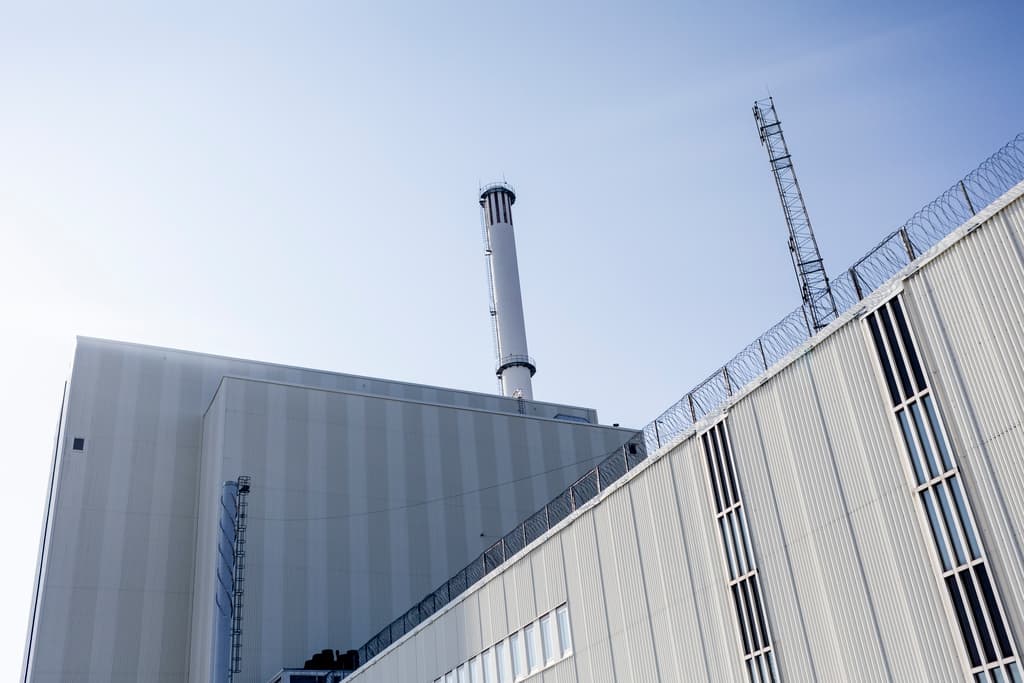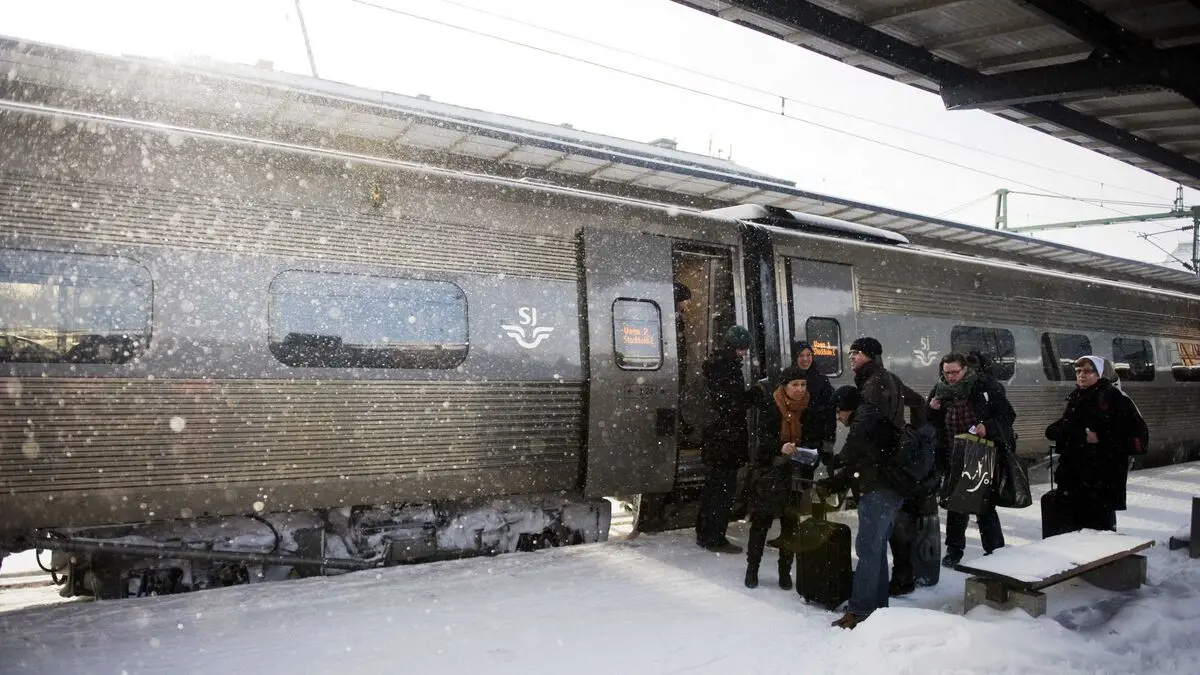The Swedish electricity prices were between 20 and 30 percent lower during the first half of the year compared to the same period last year. At the same time, both electricity production and electricity consumption increased by around four percent, according to the Energy Companies' compilation.
In the northern half of the country, electricity areas 1 and 2, the average price during the first half of the year was approximately 42 öre per kilowatt-hour (kWh), compared to 54 öre last year.
In southern Sweden, the average price in electricity area 3 was around 50 öre per kWh, while in electricity area 4 it was 63 öre. This can be compared to 69 and 91 öre, respectively, during the first half of 2023.
Among other things, the amount of hydropower in the Nordic countries and weather factors such as wind and precipitation have a significant impact on electricity prices. Increased shares of wind and solar power also give greater fluctuations and variations on the market than before.
"The inflows in the Nordic countries have been around 10 percent higher this year and electricity production from wind power has increased by almost 20 percent according to preliminary figures," says the Energy Companies' market analyst Magnus Thorstensson in a written comment.
The impact from the continent, through expanded solar power in the Netherlands and Germany, has resulted in a continued large number of hours with negative prices.
Hydropower: 34.5 TWh (+5.4 percent compared to the first half of 2023)
Wind power: 18.3 TWh (+1 percent)
Nuclear power: 24.8 TWh (+7.9 percent)
Thermal power: 6.6 TWh (-12.1 percent)
Total: 84.2 TWh (+3.5 percent)
Electricity consumption: 69.9 TWh (+4.7 percent)
Net export: 15.3 TWh (+4.8 percent)
Solar power is not included in the figures, as only electricity that goes out on the grid can be measured. However, the measured part of solar power increased by 13 percent during the first half of the year, and May had the highest measured production ever.
Source: The Energy Companies





